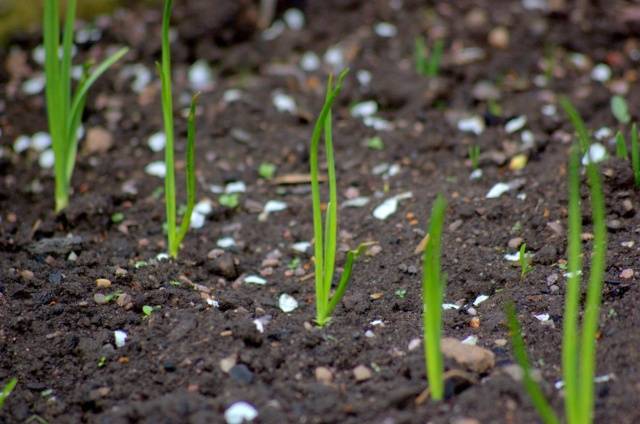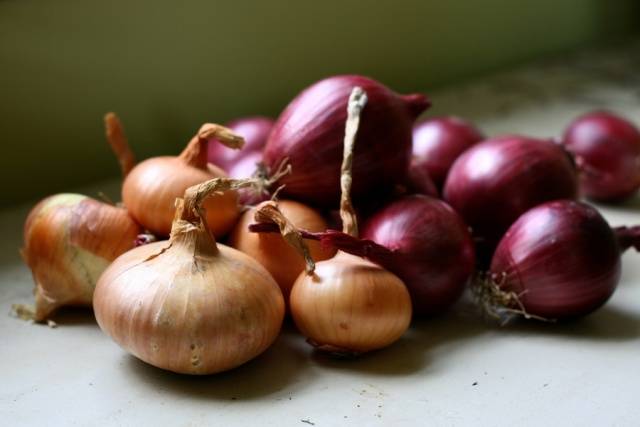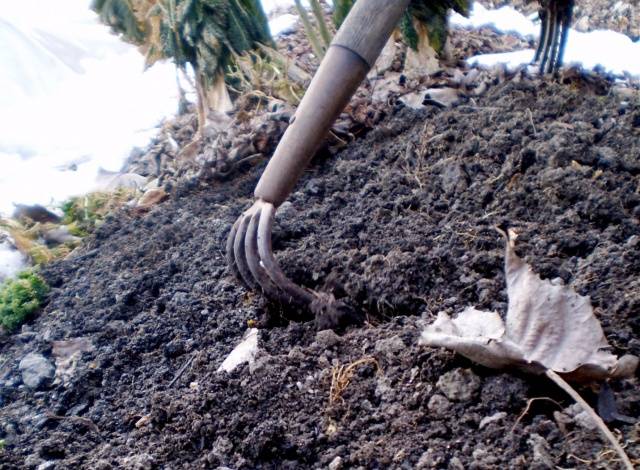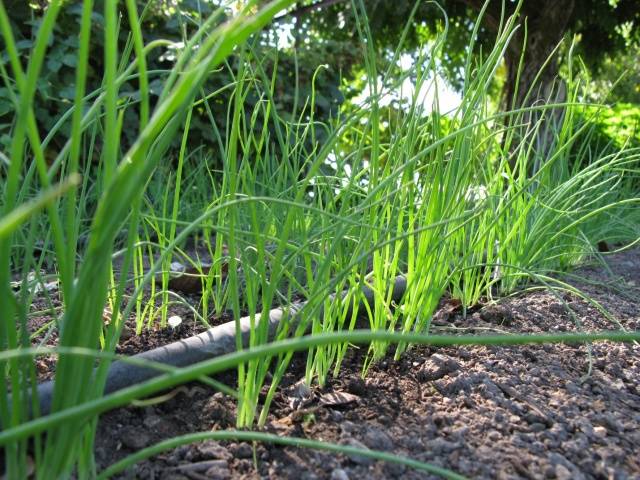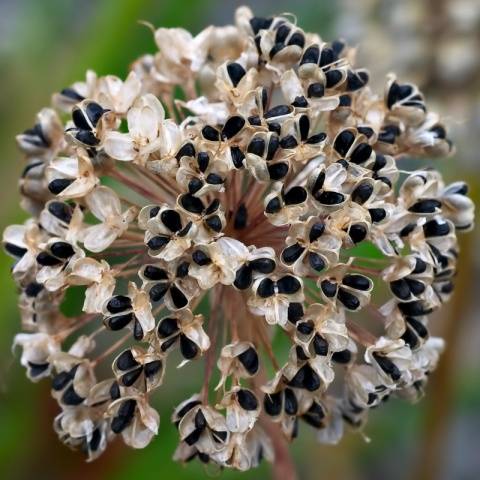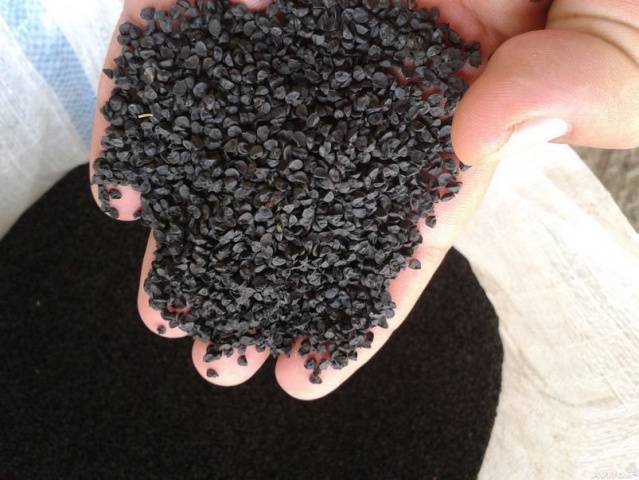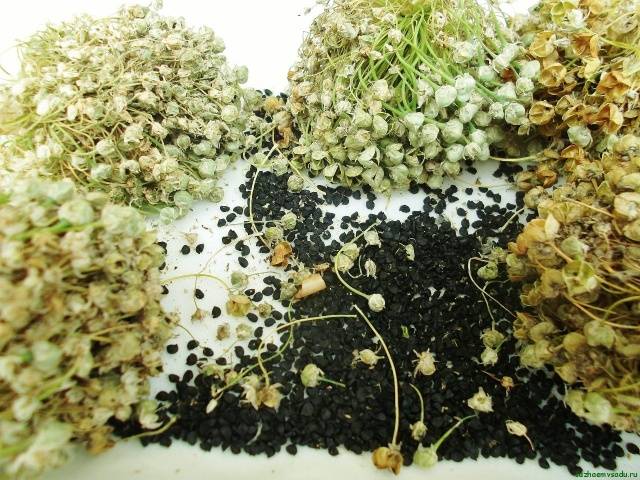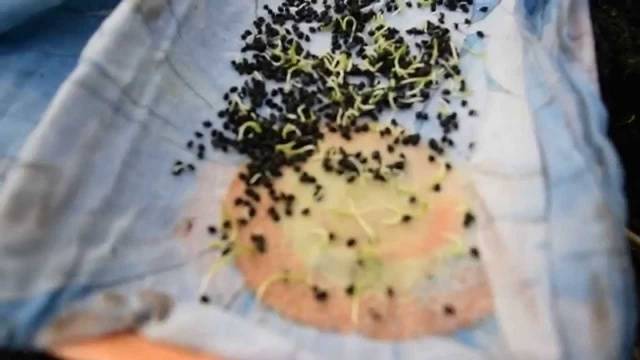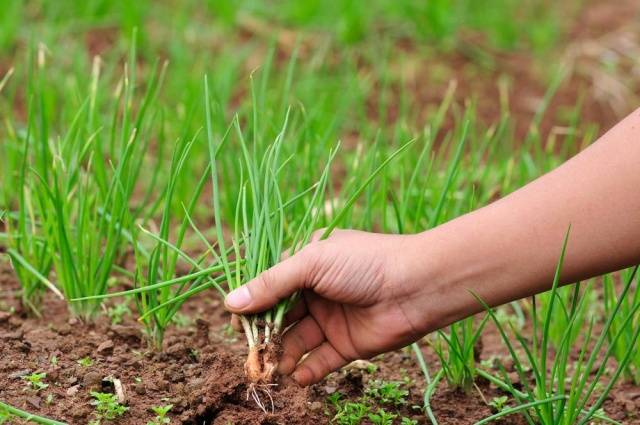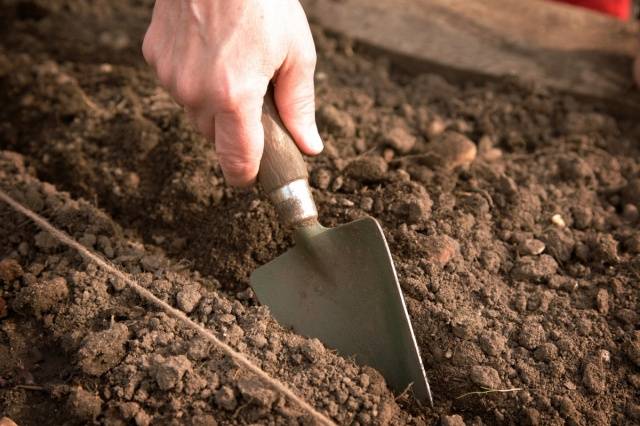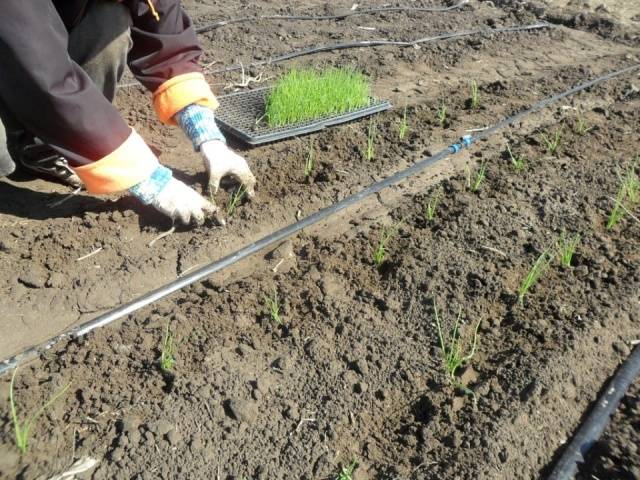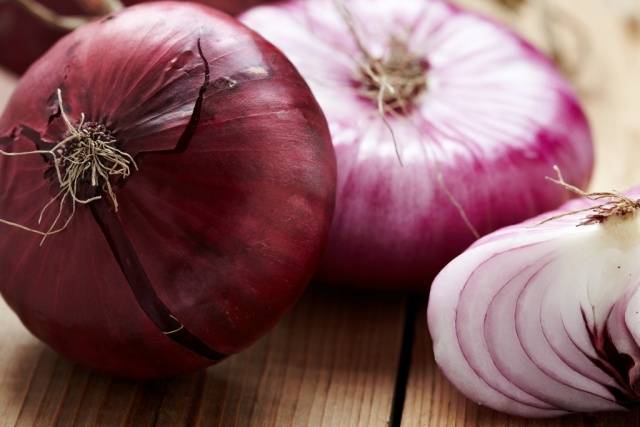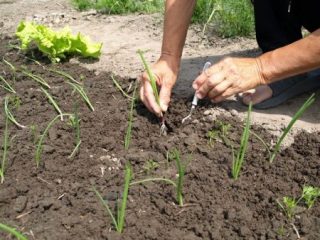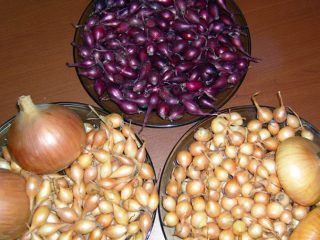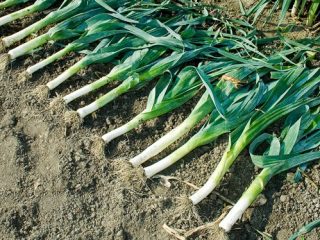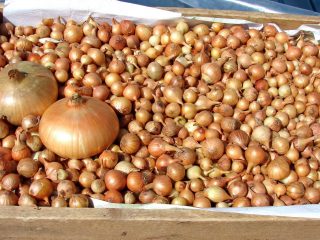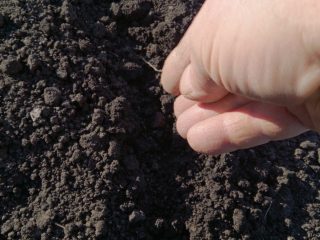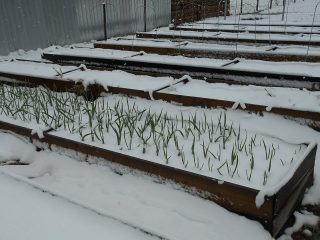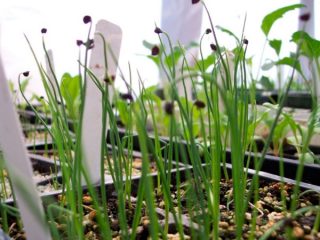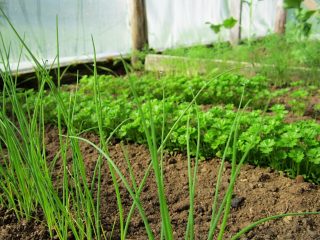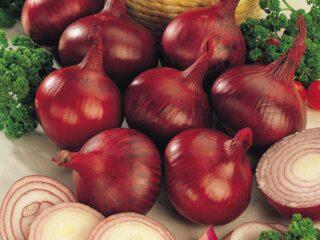Content
Regular onions are a biennial crop. In the first year, the onion harvest is sets, small heads with a diameter of one to three centimeters. To get full-fledged bulbs, you need to plant the sets in the ground again next season. The onion set itself grows from seeds, which are popularly called nigella, as they are colored black. You can sow onion seeds in the spring, but gardeners often do this in the fall. Winter sowing has its advantages, so you should definitely try this method on your own farm.
When to plant nigella onions before winter, and how to do it correctly - all this can be learned from the article.
Advantages of winter planting of nigella onions
Onion crops take a long time to ripen, so the development cycle of such plants has to be divided into two seasons. If you sow nigella before winter, in late spring or early summer you can harvest the set and plant the area with other crops.
It would seem, why bother with small seeds if you can immediately buy ready-made sets and grow onions in one season? However Growing onions from nigella on your own using the winter method has a lot of advantages:
- the choice of varieties and varieties of onions in seeds is much greater than in sets;
- the onion will grow strong, it will be hardened and adapted to the conditions of a particular region, soil composition, climate;
- there is no need to store planting material, which will save space in the basement or pantry;
- In the spring, the gardener will have time for other activities, because nigella will be planted in the fall;
- spring soil is well saturated with moisture, which will save on watering;
- with the first warmth, the seedlings will begin to grow and winter nigella will germinate much earlier than if it were sown in the spring.
Planting nigella onions before winter and its stages
In any case, it will not be difficult for a gardener to plant onion seeds in winter, and the benefits will be considerable. Firstly, it will be possible to shorten the period of full ripening of onions, and secondly, you will not have to spend money on buying sets.
If you collect fresh onion seeds every year, you can completely forget about buying planting material - the “onion farm” will become completely independent. Although the technology for growing nigella onions is not considered complicated, here too you need to know some subtleties and nuances.
Is it possible to grow nigella seeds yourself?
It is not necessary to buy nigella every year; this is justified only if the gardener wants to experiment with different varieties or new onion hybrids. The easiest way is to grow nigella onions yourself in your own area.
This is not difficult to do. You just need to select a few of the highest quality and largest bulbs and plant them in spring or autumn (this is not important).Around mid-summer, the plants will begin to bloom - they will throw out arrows, which are the inflorescences of the onion. Very quickly, small black or dark brown seeds ripen in the umbels of peduncles - this is nigella.
Onion seeds need to be collected and spread on paper so that they dry thoroughly.
Preparing nigella for planting
Before planting onions, nigella must be prepared. The first stage of preparation is sorting the seeds. It is necessary to sort nigella, since larger seeds can germinate several weeks earlier than the smallest ones.
To sort the seeds, you can use one of the following methods:
- Take a sieve with cells of different sizes and simply sift the dry nigella.
- You can also shake the black onion on a cloth.
- Place all the seeds in water and wait until some of them settle to the bottom. After this, the onion seeds floating on the surface are collected and placed again in water, as a result only the smallest seeds and debris that are unsuitable for planting will remain.
Even before planting, nigella must be checked for germination. This is done in several stages:
- several seeds are counted from the entire batch;
- take a paper napkin, fold it in several layers and moisten it with water;
- The black onion is laid out on a saucer and covered with a damp cloth;
- create conditions favorable for onion germination: place the saucer in a plastic bag and put it in a warm place;
- Over the course of a week, monitor the condition of the napkin and seeds; if necessary, add a little water.
The results of such a test are judged by the number of nigella seeds sprouted in a week: if there are more than a third of them, the onion is suitable for planting. If, under such conditions, less than 30% of the nigella has sprouted, this batch of seeds can already be thrown away - it will not be possible to grow a good harvest from it.
When to sow winter nigella
In different regions, onion seeds are sown at different times. After all, here a lot depends on the climate, on when stable frosts begin, whether there is snow in winter and other factors.
In most regions of the country, winter nigella is planted no earlier than the end of October. Onion sowing is usually completed by mid-November. If you plant nigella too early, the seeds will germinate and will certainly freeze with the first frost. Therefore, it is better not to rush in such a matter.
Often onions are sown even in frozen ground or under snow - this is more effective than premature planting with frozen seedlings. In frozen ground, small seeds immediately “fall asleep” and begin to grow only with the arrival of spring warmth.
How to sow nigella before winter
The procedure for sowing onion seeds is a simple process, but here It is imperative to follow the technology:
- Choose a site on a hill that will be well lit by the sun.
- It is better to give preference to those lands on which tomatoes, cabbage, potatoes or legumes grew in the previous season.
- Onions love light soils, so it is recommended to add sand or humus to the soil.
- After fertilizing, dig up the soil on the site and remove the roots. weed and other debris are leveled using a rake.
- At a distance of 20 cm, parallel grooves are made, the depth of which should be about 2.5 cm.
- It is better to sow nigella seeds in a thicker layer, because not all of them will germinate (in the spring you can thin out the onion crops).
- Then the chives are sprinkled with 1.5 cm of dry soil and watered.
- To prevent the formation of a crust of soil, beds with nigella need to be mulched with peat, leaf soil or sawdust. Mulch will additionally protect the onions from freezing and washing away during the snow melting period.
The sowing of onions is finished, now all that remains is to wait for frost and the first snow. As soon as snow appears on the site, it needs to be collected and the onion beds covered for additional insulation.
Caring for nigella onion seedlings
After the snow on the beds with nigella has melted, the onions need to be mulched, otherwise the bare beds will freeze during return frosts. When the danger of freezing has passed, the mulch is carefully raked away, the onion seedlings are inspected and, if necessary, thinned out.
Spring care for nigella onions is as follows:
- when the first shoots appear, nigella needs to be fed with superphosphate - at the rate of 40 g of the drug per square meter of land or with urea - about 10 g per meter;
- Tender seedlings should be carefully watered twice a week if the weather is dry and warm;
- It is imperative to regularly weed the beds and remove weeds, because young onions are still very weak;
- if a crust forms on the surface of the soil, it needs to be loosened;
- Immediately after emergence, nigella is thinned out so that the distance between plants is no more than two centimeters.
The distance between neighboring plants should be approximately 6 cm. However, to obtain onion sets, repeated thinning is not required, because in this case it is the smallest heads that are valued.
Results
Planting nigella onions before winter is a painstaking task, but gives good results. This method is probably not suitable for summer residents or those who have little free time - for such gardeners it is more convenient to purchase ready-made seedlings. And here For those who devote themselves entirely to household chores, growing nigella onions can become a source of additional income, because the sets are not cheap.
